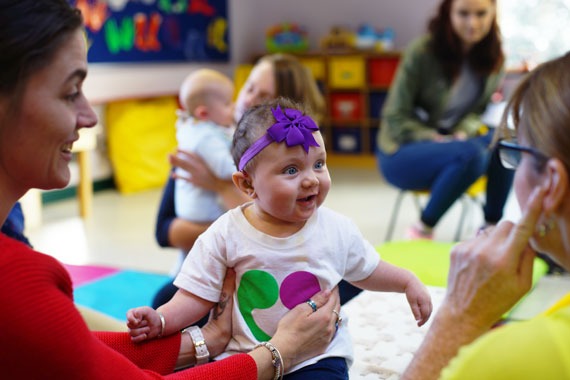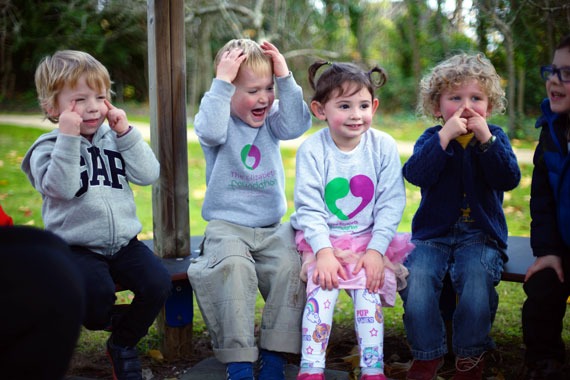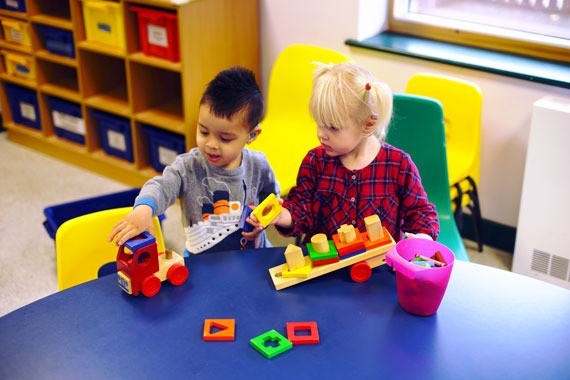Information about deafness in children
Being deaf can significantly affect a child's ability to communicate. However, with modern technology and appropriate intervention during their early years, most deaf children can - and do - learn to communicate clearly and effectively with spoken language.
Some key facts about deafness
- Around four babies are born deaf every day in the UK - every year, over 1,000 babies are born with severe to profound deafness, with many more babies born with mild to moderate deafness (see below for definitions).
- There are estimated to be around 6,500-7,000 children aged under 5 years with severe to profound deafness.
Degrees of deafness
- Sound is measured in decibels (dB) and the amount of deafness someone has is ranked as mild, moderate, severe, or profound depending on the quietest sound they are able to hear:
- Normal hearing levels: able to hear sounds in 0-19dB range
- Mild deafness: able to hear sounds in 20-40dB range
- Moderate deafness: able to hear sounds in 41-70dB range
- Severe deafness: able to hear sounds in 71-95dB range
- Profound deafness: able to hear sounds above 95dB
- As a rough guide, our speech is around:
- 40dB for quiet speech
- 50dB for conversational speech
- 60dB for loud speech
- 70dB for shouted speech
Types of deafness
- There are three main types of deafness:
- Conductive Hearing Loss – this is the result of an issue in the outer or middle ear that prevents sound vibrations from being conducted to the inner ear.
- Sensorineural Hearing Loss – this is a generic term for one of these types of impairment of the sensory or neural pathway:
- Sensory Hearing Loss – this is the result of an impairment of the inner ear that prevents the cochlea from sensing sound or turning it into an electrical signal.
- Auditory Neuropathy Spectrum Disorder – this is the result of the electrical signals failing to be transferred or interpreted effectively by the brain.
- Mixed Hearing Loss – this is the result of a combination of both a sensory loss and conductive loss.
- Conductive hearing loss can often be temporary in nature, whereas sensorineural hearing loss is permanent.
- It is quite common for deafness - and even type of deafness - to vary from ear to ear.
The impact of deafness on communication development
- The NHS Newborn Hearing Screening Programme offers all new parents in the UK the opportunity to have their baby's hearing screened within the first few weeks of life - however, deafness is sometimes not identified until later in childhood.
- Having any degree of deafness can significantly affect a child's ability to communicate, but this impact will vary considerably from child to child.
How technology and early intervention can help
- With modern technology and appropriate intervention during their early years, most deaf children with all levels and types of deafness can - and do - learn to communicate clearly and effectively with spoken language.
- The Elizabeth Foundation uses a Multi-Sensory Oral Approach for teaching deaf children to talk, maximising their auditory and visual potential to understand and use spoken language. This approach encourages the development of speech, language and listening by using all of the child’s senses, in a natural, fun, child centred environment. We have over 35 years of experience using this approach successfully with hundreds of families.
- We support parents with information and guidance so that they can make their own informed choices about which communication approach is right for them and their child.






